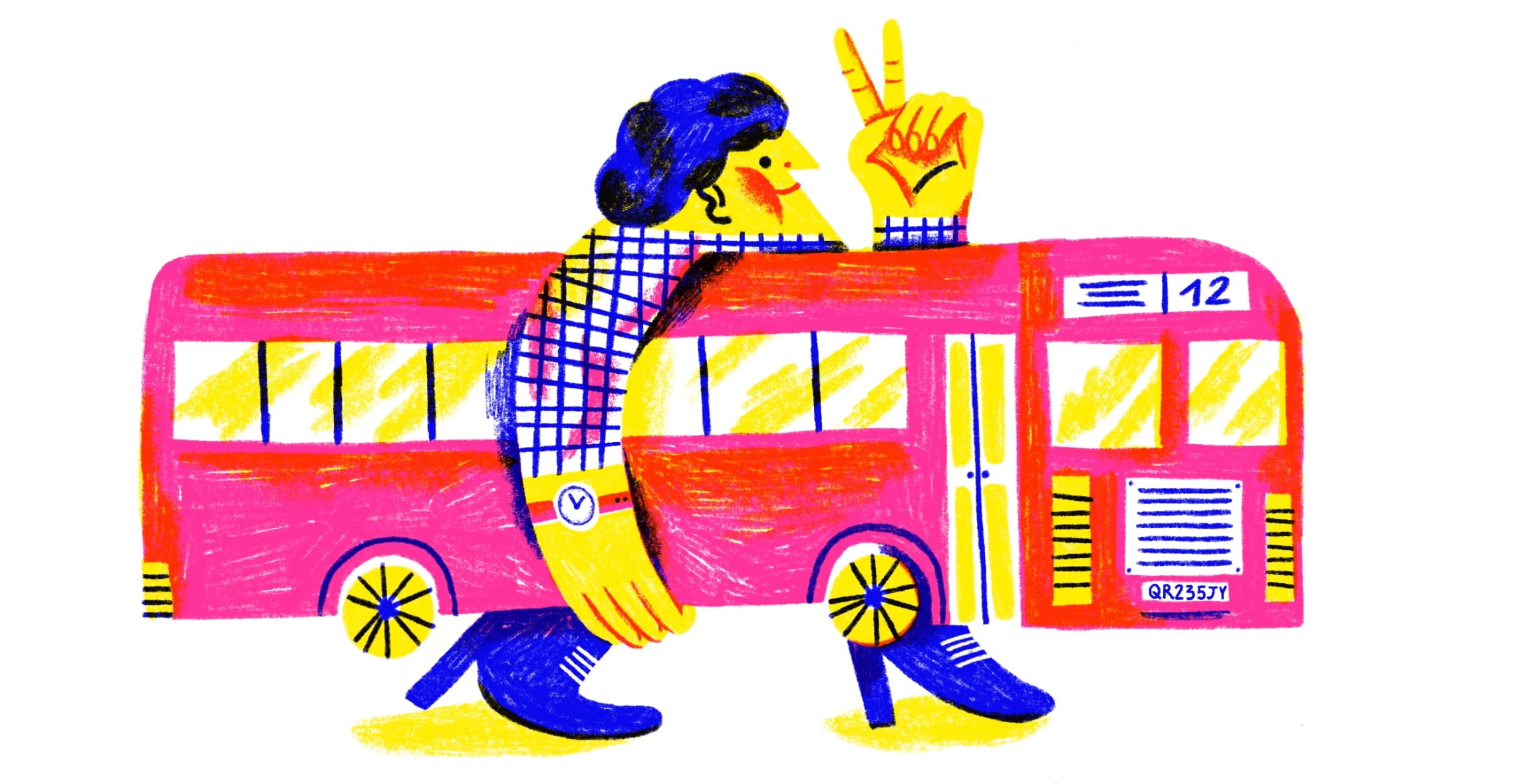From linear to circular: in search of an economy that reuses resources for next-generation products that go beyond the limits of time.


In the end, we live within the dimensions of limits, even though sometimes we are not aware of it. We have overcome our own shortcomings by developing techniques, using ingenuity, inventing technology of indescribable complexity. But this creative potential has led us away from the awareness of other limits: those of our planet, whose resources we totally depend on.
Indeed, Earth is a finite system, but mankind's reckless exploitation of the environment over the last century is leading towards progressive changes to its balance. Meaning the progressive loss of the functions and services fundamental to our survival.

In 2009, Johan Rockström, joint director of the Potsdam Institute for Climate Impact Research, led a group of other scientists in identifying the processes that regulate the stability and resilience of the planet.
The experts identified nine systems that allow the world to function as we know it; nine planetary boundaries within which humanity can continue to develop and prosper.
Once these nine limits have been exceeded, we are going towards what are defined as Tipping Points, beyond which it will no longer be possible to restore the balance of the past. The model, put simply, describes the state of health of the planet by monitoring some of the processes at the foundations of its functioning.
The goal is to set the thresholds we mustn't cross, to guarantee a future for humanity.
According to the scientists, the three systems whose boundaries we have already overstepped are climate change, due to the increased concentration of greenhouse gases in the atmosphere, the disastrous loss of biodiversity, and changes in certain biogeochemical cycles, such as those of nitrogen and phosphorus.
The other systems identified in the model are also heading at great speed towards their tipping points: depletion of the soil due to excessive exploitation (such as deforestation, concreting, emissions of pollutants and chemical products...), the acidification of the oceans, excessive consumption of fresh water, and depletion of the ozone layer. And also the chemical pollution of the planet, which we still know very little about, and the presence of aerosol particles in the atmosphere.




And one of the essential tools for fighting the global crisis we are living through is precisely our awareness of these planetary limits. We need to realise that our privileges are costing us more and more in ecological terms, and that the promise of unlimited access to resources made by those who want us as consumers rather than citizens does not align with reality.
So what can we do to be consumers, and at the same time responsible citizens?
First of all, we can make conscious choices.
We can decide to take on a small part of this responsibility, to look carefully, beyond the appearance of things, and understand the real impact on our lives. We can decide to see these nine planetary limits before we reach the cliff edge, before our only choice becomes jumping into the void. So let's try to understand together what virtuous behaviours and small decisions we should opt for. Take, for example, the three thresholds already crossed: climate change, loss of biodiversity and depletion of the nutrient cycle.

Regarding climate change, we know that its main driver is the combustion of fossil fuels (oil, coal, natural gas) to produce energy. So what can we individuals do? The goal is to reduce our consumption of fuel. Therefore, we can try to limit our car journeys and choose public transport or alternative mobility (car sharing), avoid wasting energy inside the home, and, if possible, install energy networks coming from renewable sources, such as solar, wind or biomass (combustion of leftover firewood, waste from the agri-food industry, urban organic waste). Or we could also promote the start-up of energy communities, in other words a coalition of consumers who, through voluntary participation in a contract, collaborate with the goal of producing, consuming and managing energy via one or more local energy plants. For example, this could be through the installation of solar panels or small wood chip boilers that produce biogas.
Instead, for what concerns the loss of biodiversity, it may be more difficult to operate at an individual level, as the main factors in reduced biodiversity are related to the destruction, degradation and pollution of habitats, and excessive, indiscriminate hunting and fishing. However, we can always act by trying to regenerate certain places, taking care of our immediate environment, avoiding dumping waste, and even reporting or picking up what we find along the street. Or we can avoid buying processed products made from protected species, or even avoid cooking and eating endangered species or those at risk of extinction (to this end, it may be useful to consult the red list published by the International Union for Conservation of Nature).
Other advice regarding the last threshold we have already crossed, the one linked to the impairment of the biogeochemical cycles of phosphorus and nitrogen, involves more specifically the products we put on our tables. Indeed, industrial and agricultural processes have profoundly changed the cycles of these nutrients, causing their concentration in the soil and the atmosphere to increase disproportionately. The use of phosphorus-based fertilisers, as well as nitrogenous ones, has had the result of polluting ecosystems, groundwater and rivers. In this case, to reverse the trend, we can choose products coming from organic, biodynamic or regenerative farming: these are methods that do not aim to maximise yields, and therefore keep the soil in a good state of health.



Today, these choices we make as consumers are starting to have more and more impact on the trajectories of the market. Our demand is capable of profoundly influencing the offer. Being aware of planetary limits therefore becomes the first step to preventing excessive exploitation of resources from leading us towards an uncertain, dramatic future.
We must learn to see the threshold, and to accept it, because this is the only way we will be able to continue living in a prosperous, desirable world.

"The change is happening. We could start a new era, a Renaissance in which sustainability becomes essential for the success of a business".
(Johan Rockström)
Images Credits:
© Alice Piaggio
From linear to circular: in search of an economy that reuses resources for next-generation products that go beyond the limits of time.
Discovering zeroCO2, the Italian Benefit Corporation that works on reforestation projects with a high social value.
